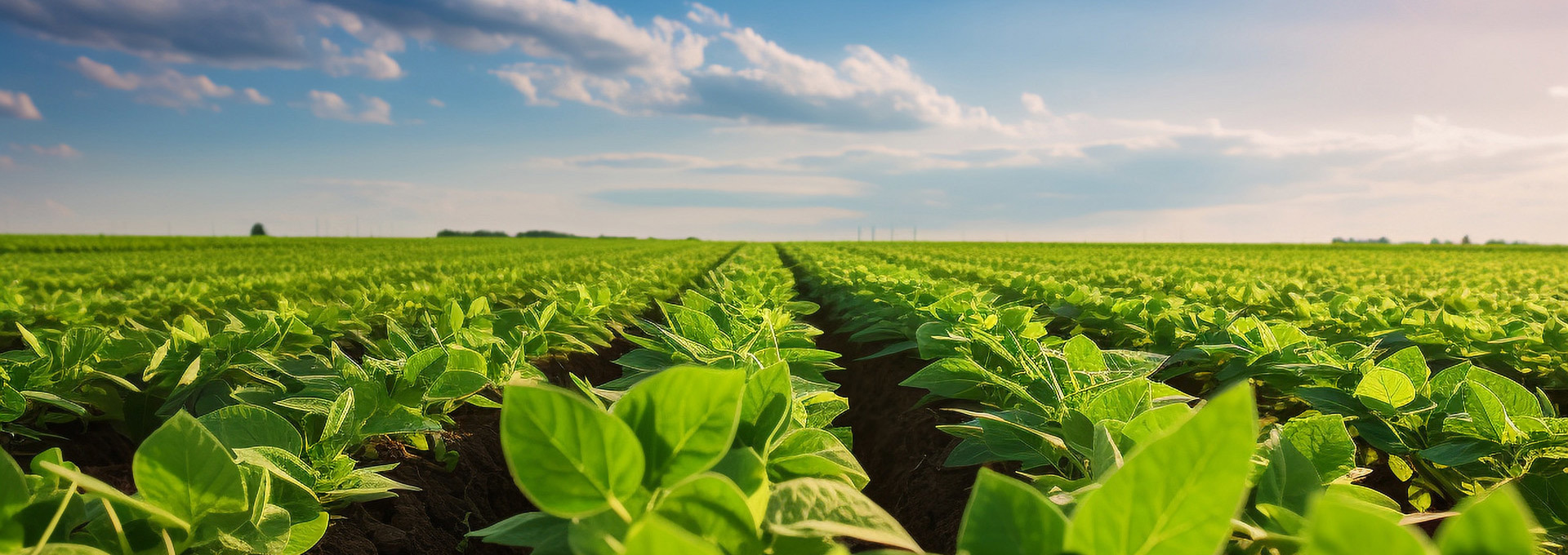
Methods of preventing pests in agricultural fields
Release time:Sep 19,2024
There are a variety of methods and pesticides available for insect control in agricultural fields, including chemical pesticides, biopesticides and physical control methods.
Chemical pesticides are widely used because of their quick effect and broad spectrum of insecticides. Common chemical pesticides used to kill underground pests include phoxim, chlorpyrifos and imidacloprid. These pesticides destroy the nervous system of pests or interfere with their physiological functions through poisoning by touch, stomach or endosorption, so as to achieve the effect of killing pests. However, chemical pesticides are prone to drug resistance, pollution of the environment, affecting the ecological balance and other shortcomings.
Biopesticides have gradually become a new trend in pesticide development due to their low toxicity, high efficiency and environmentally friendly features. For underground pests, commonly used biopesticides include microbial preparations such as Bacillus thuringiensis (Bt), Streptomyces chlororaphis, Streptomyces albicans, and insect sex pheromones. By acting specifically on pests, biopesticides reduce the impact on other organisms while promoting ecological balance. However, the effectiveness of biopesticides is relatively slow and susceptible to environmental conditions.
Physical control methods include deep plowing, irrigation and flooding, and setting up insect-trap lamps, etc. These methods do not use chemical or biological agents directly, but change environmental conditions to inhibit the survival and reproduction of pests. Physical control methods are environmentally friendly and sustainable, but they are relatively cumbersome to operate and their effectiveness may vary depending on the region, crop type and pest species.
Strategies for selecting the best pesticide should take into account the type of pest, crop species, environmental conditions, and the need for sustainability. Chemical pesticides, although effective, may lead to environmental problems and pest resistance when used over a long period of time; biopesticides and physical control methods are more environmentally friendly, but may take longer to see results. Therefore, a combination of these methods, flexibly adapted to specific situations, is an effective strategy for achieving on-farm pest control.
Recommend News
Contacts
Telephone: 86-513-84543278 / 84543408
Fax: 86-513-84414369
Factory address: No. 20 Huanghai 2nd Road, Chemical Industry Park, Coastal Economic Development Zone, Rudong County, Jiangsu Province, China.
Office address: Room 416, No. 99 Jinggangshan Road, Jugang Town, Rudong County, Jiangsu Province, China.
COOKIES
Our website uses cookies and similar technologies to personalize the advertising shown to you and to help you get the best experience on our website. For more information, see our Privacy & Cookie Policy
COOKIES
Our website uses cookies and similar technologies to personalize the advertising shown to you and to help you get the best experience on our website. For more information, see our Privacy & Cookie Policy
These cookies are necessary for basic functions such as payment. Standard cookies cannot be turned off and do not store any of your information.
These cookies collect information, such as how many people are using our site or which pages are popular, to help us improve the customer experience. Turning these cookies off will mean we can't collect information to improve your experience.
These cookies enable the website to provide enhanced functionality and personalization. They may be set by us or by third-party providers whose services we have added to our pages. If you do not allow these cookies, some or all of these services may not function properly.
These cookies help us understand what you are interested in so that we can show you relevant advertising on other websites. Turning these cookies off will mean we are unable to show you any personalized advertising.


Mobile phone official website







